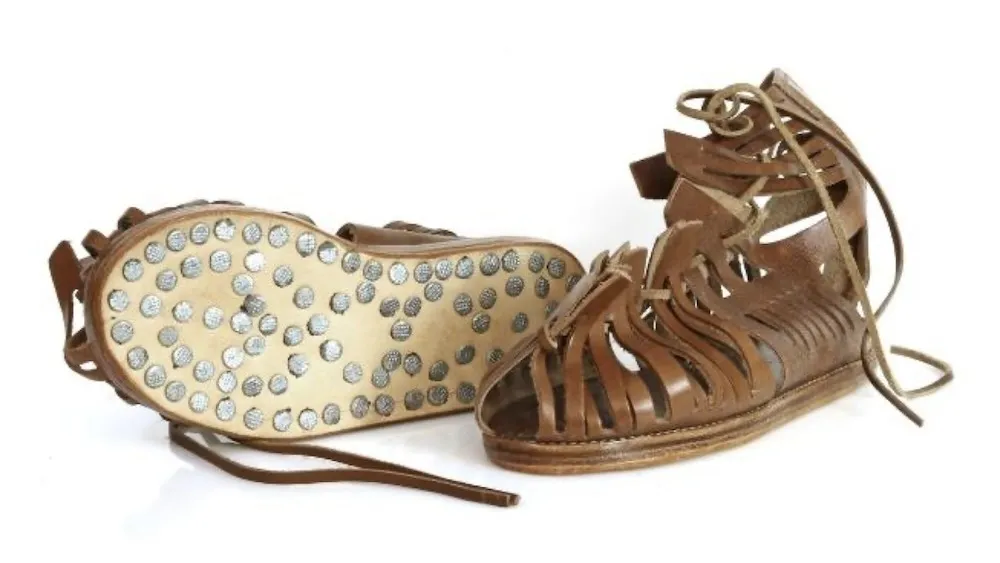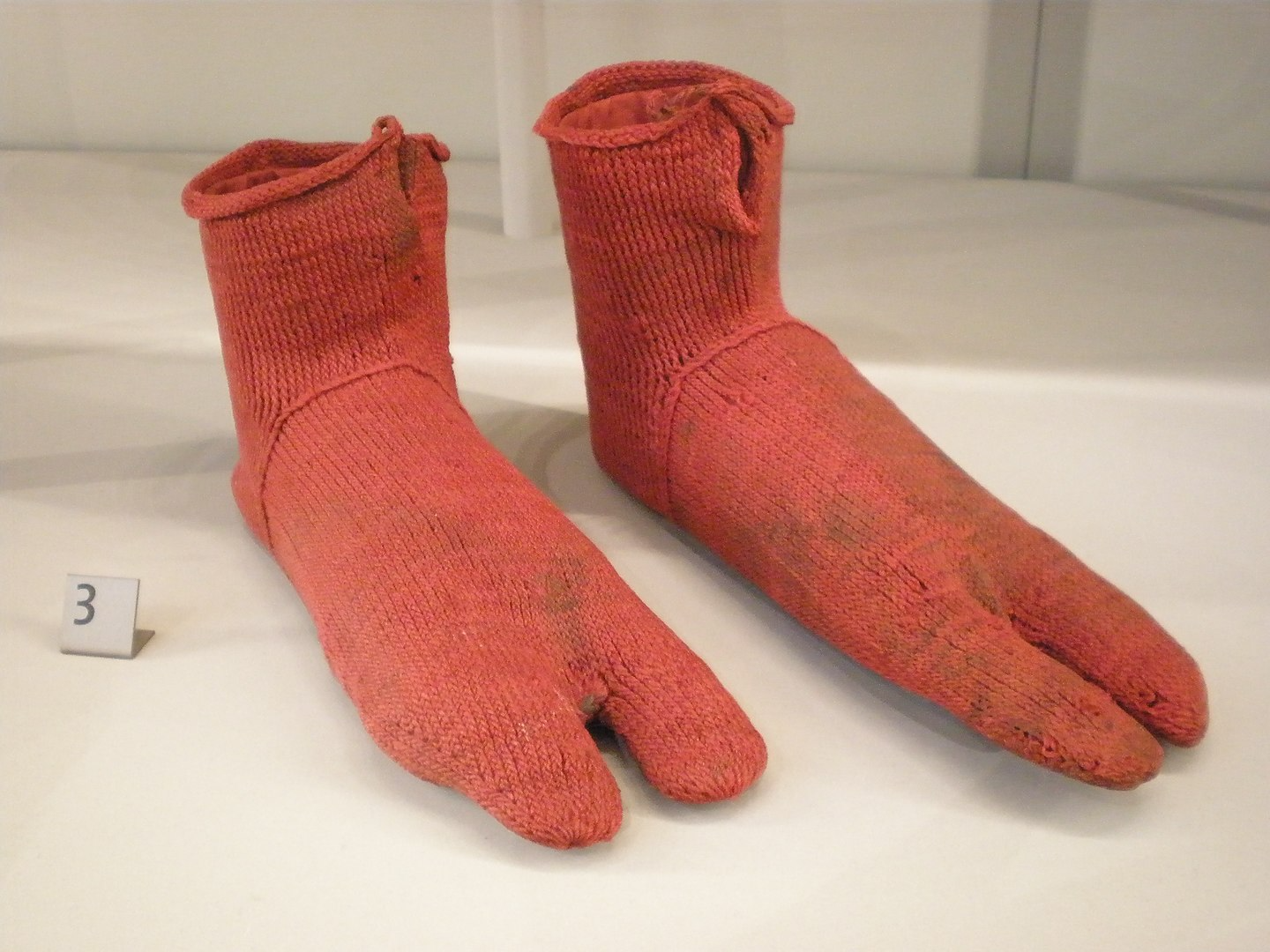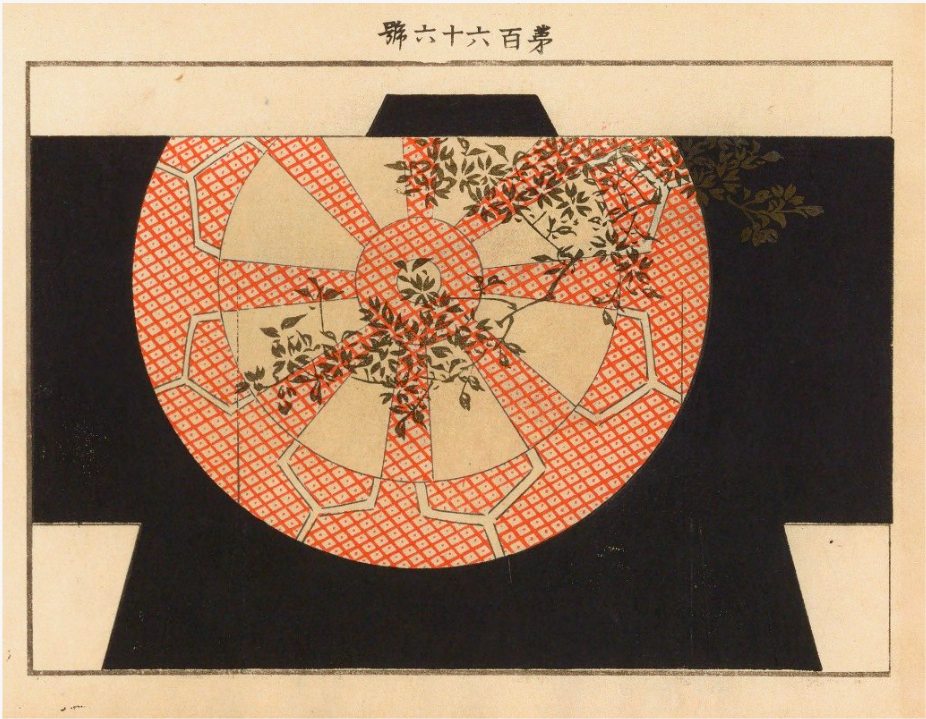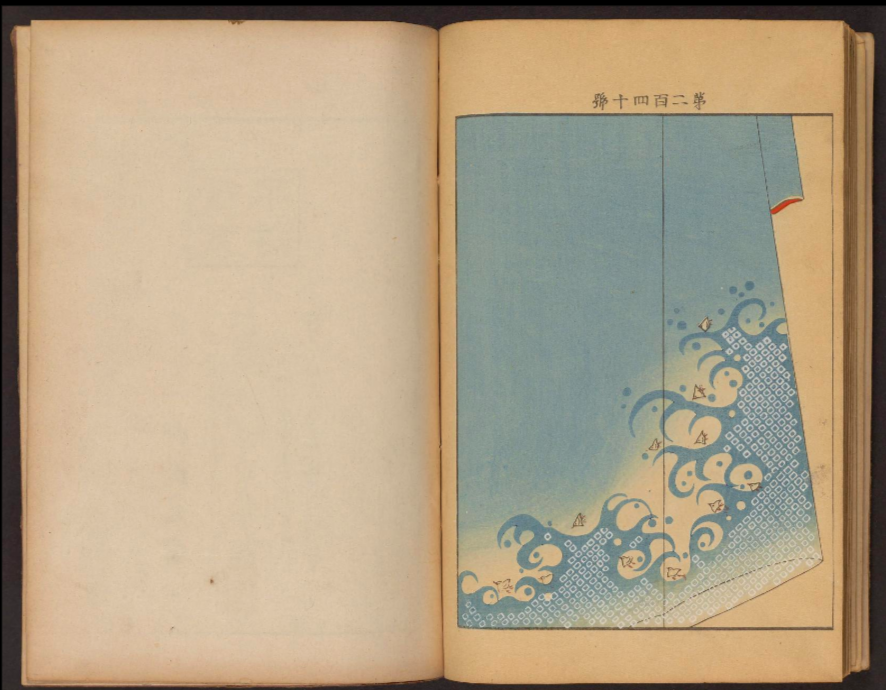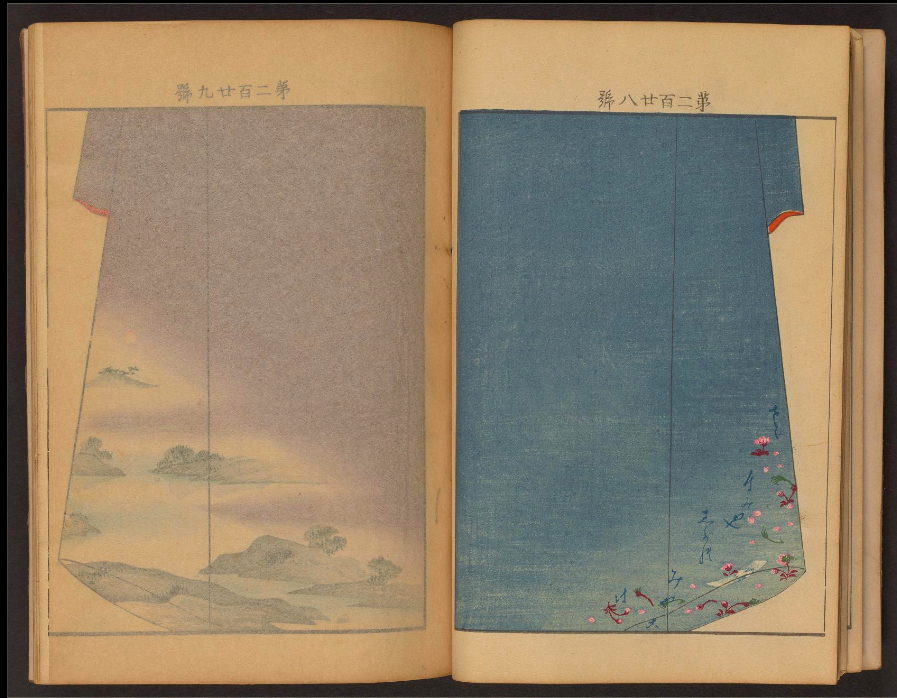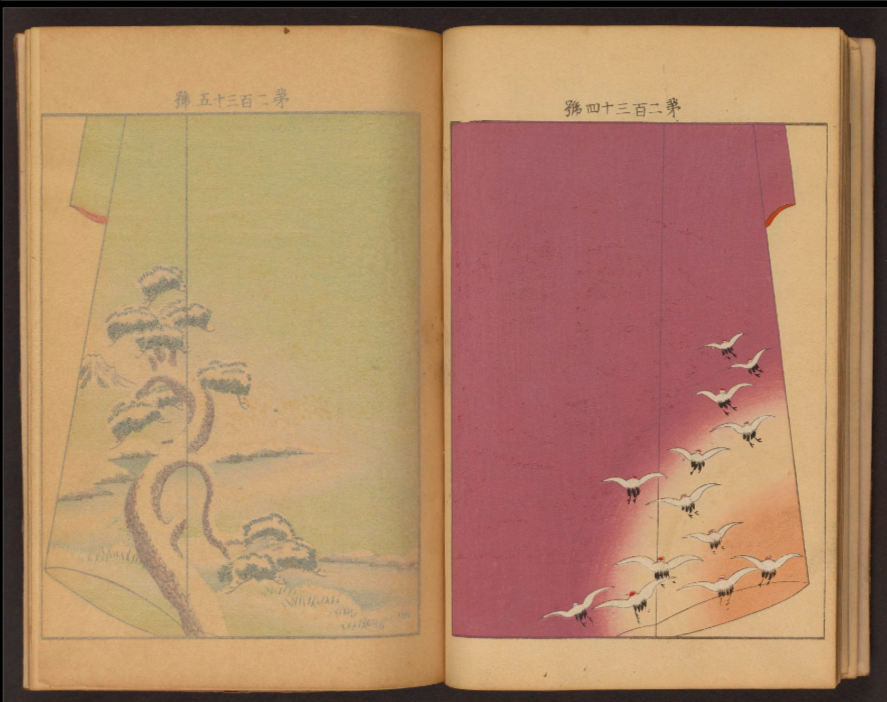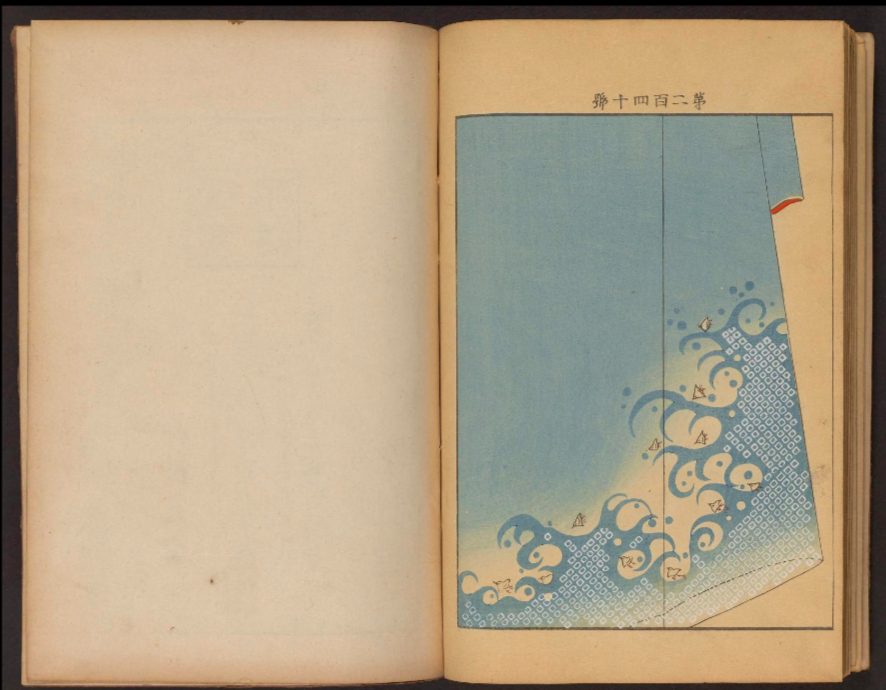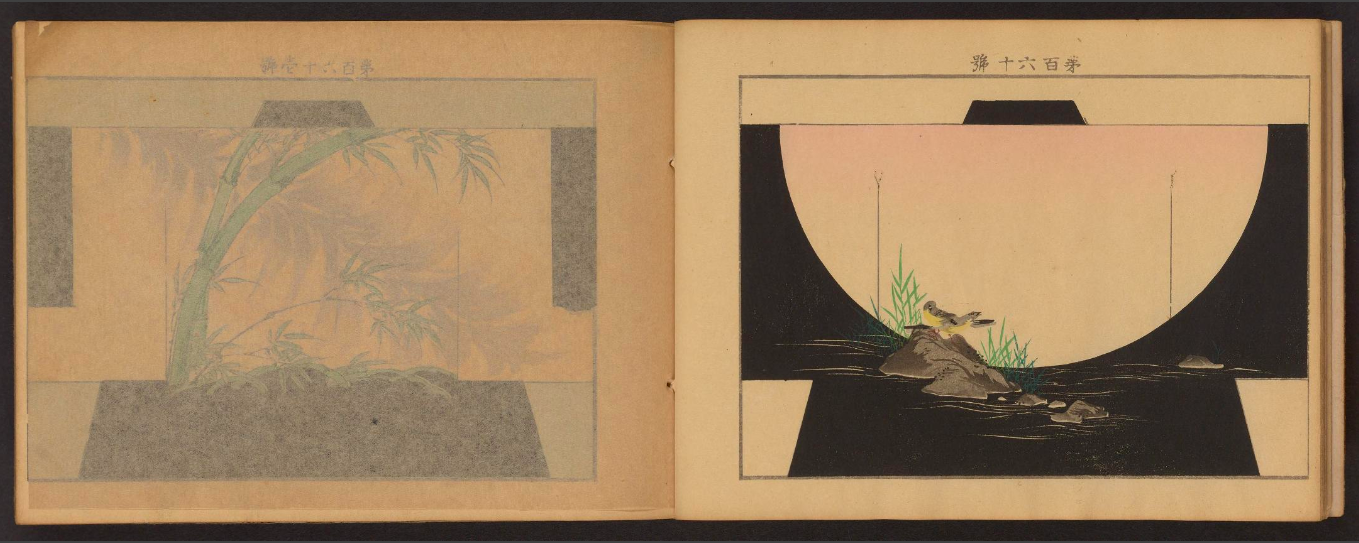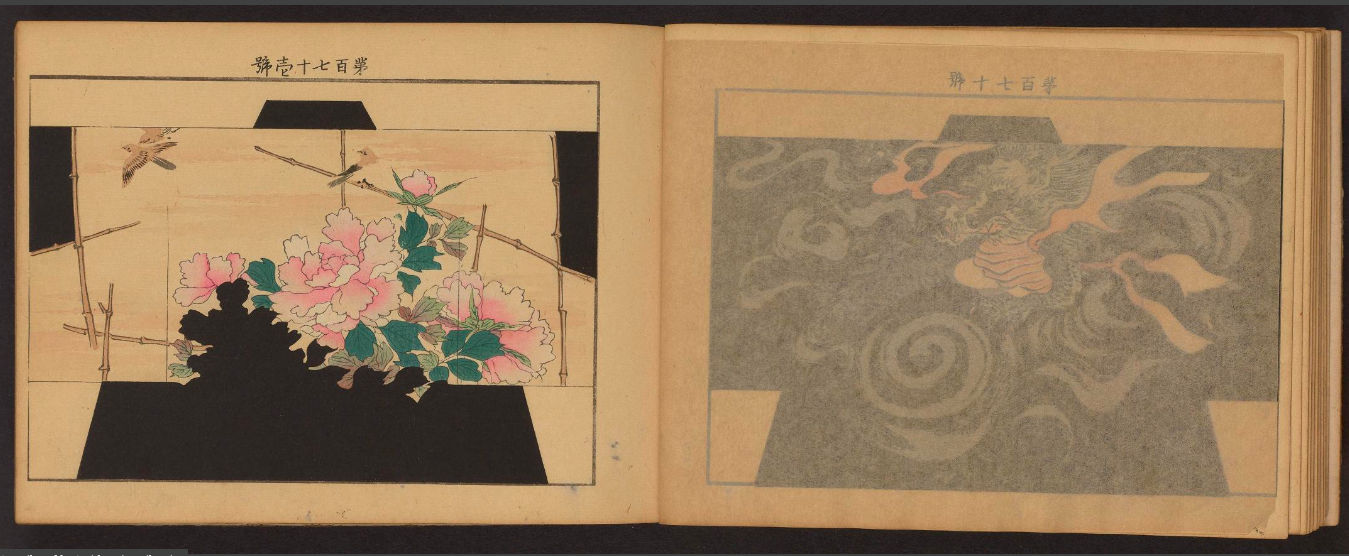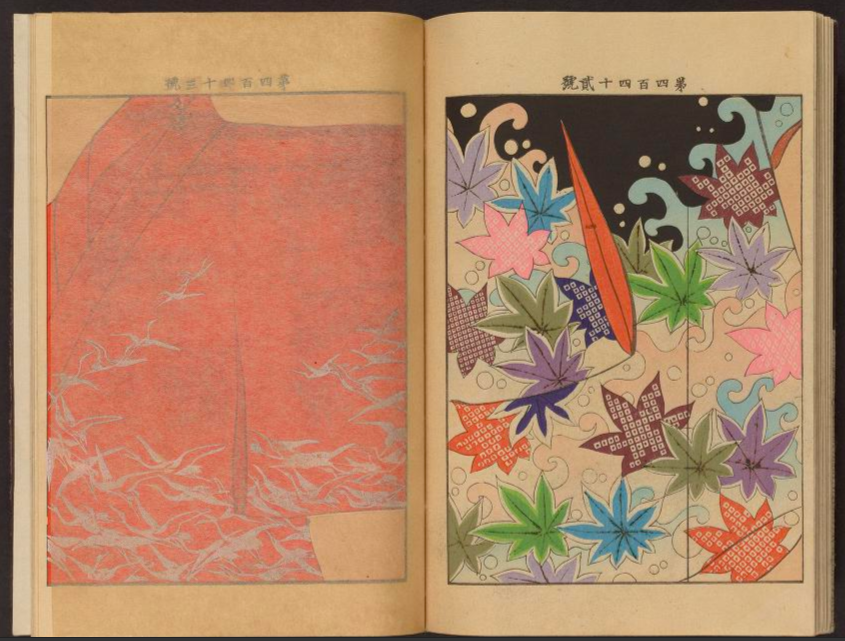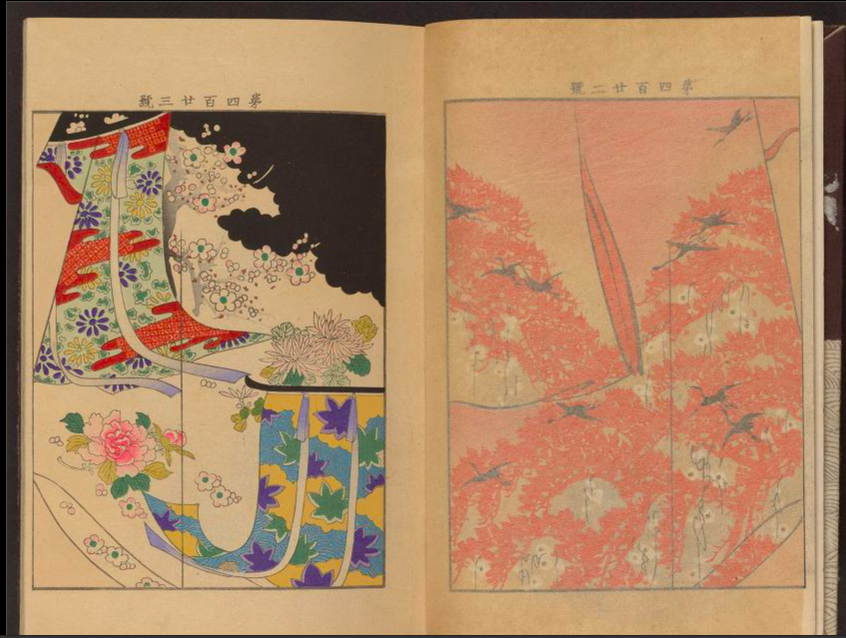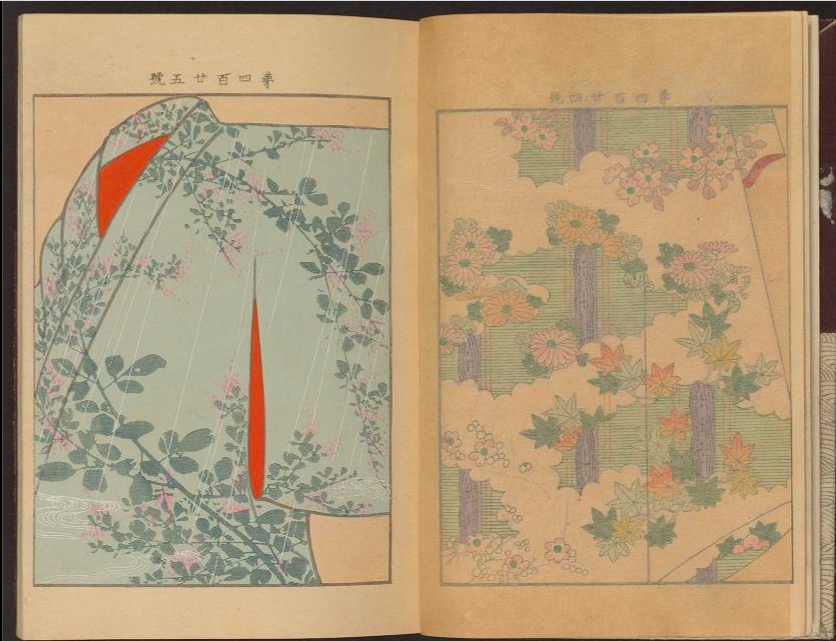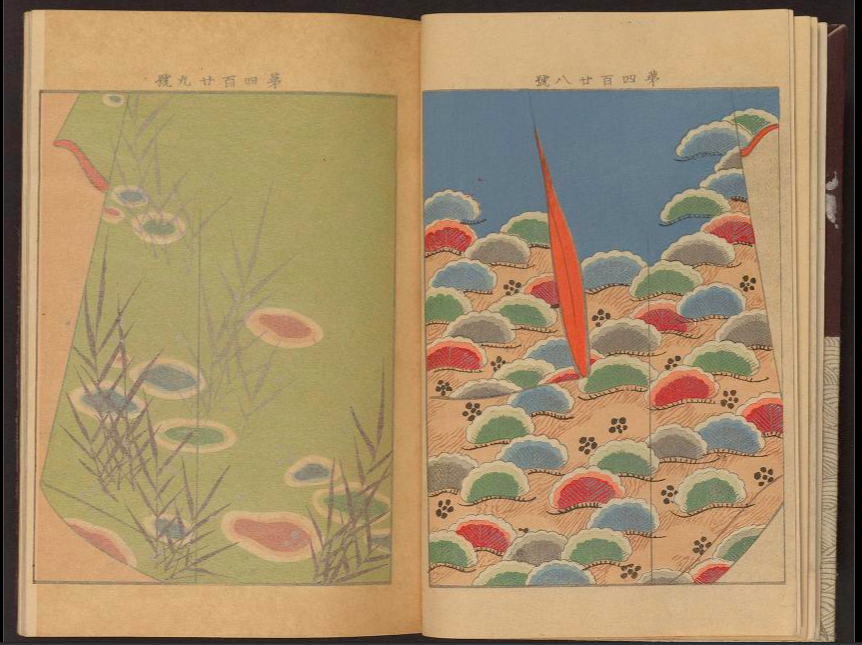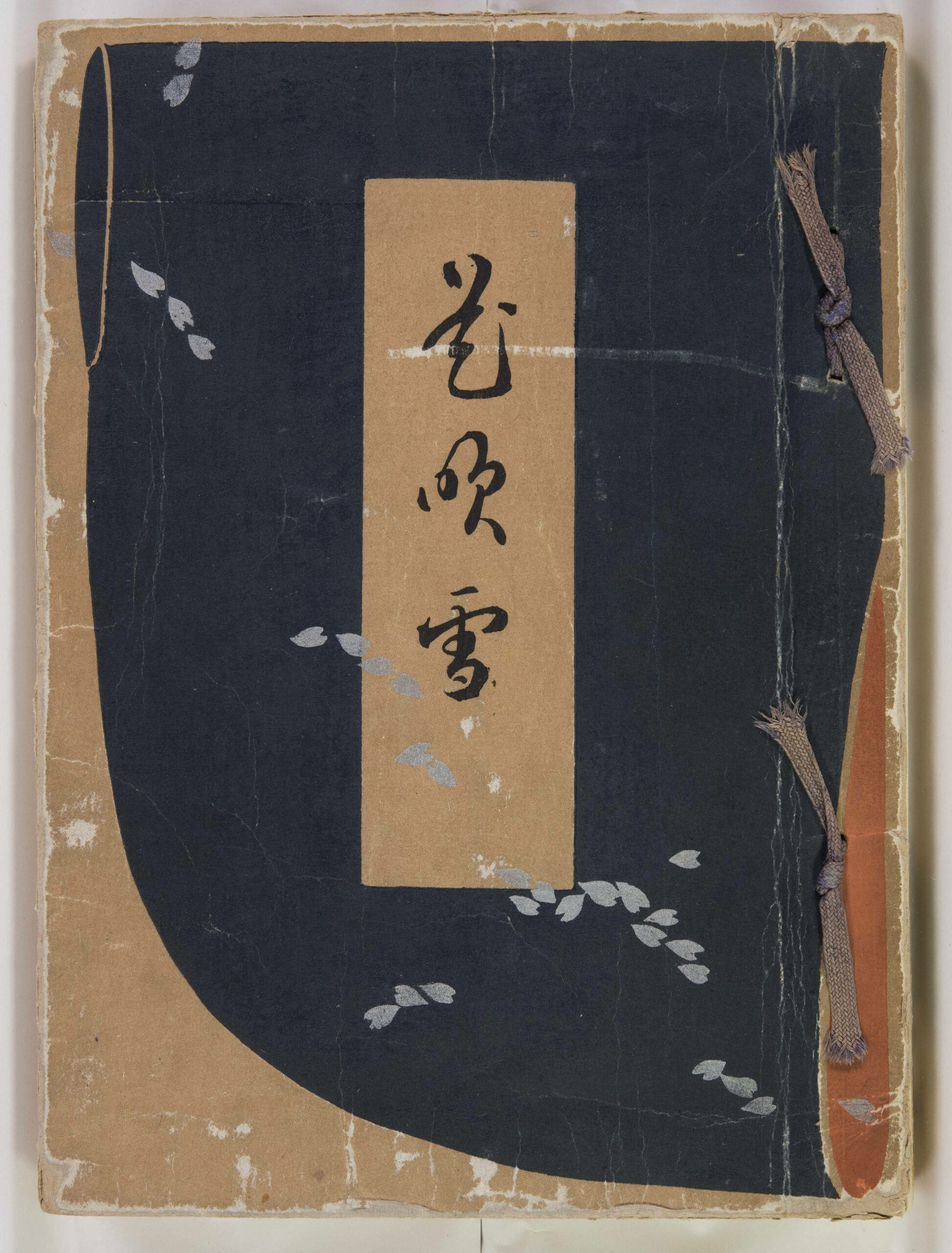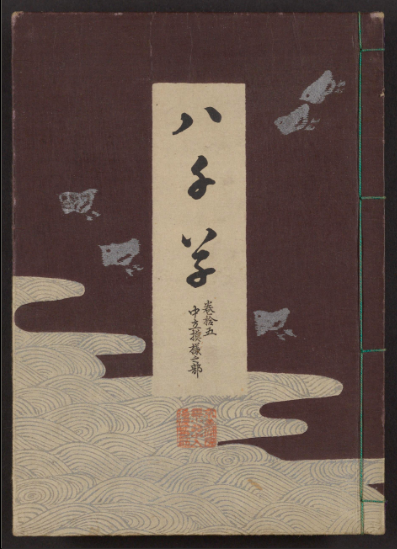
We can all remember seeing images of medieval Europeans wearing pointy shoes, but most of us have paid scant attention to the shoes themselves. That may be for the best, since the more we dwell on one fact of life in the Middle Ages or another, the more we imagine how uncomfortable or even painful it must have been by our standards. Dentistry would be the most vivid example, but even that fashionable, vaguely elfin footwear inflicted suffering, especially at the height of its popularity — not least among flashy young men — in the fourteenth and fifteenth centuries.
Called poulaines, a name drawn from the French word for Poland in reference to the footwear’s supposedly Polish origin, these pointy shoes appeared around the time of Richard II’s marriage to Anne of Bohemia in 1382. “Both men and women wore them, although the aristocratic men’s shoes tended to have the longest toes, sometimes as long as five inches,” writes Ars Technica’s Jennifer Ouellette. “The toes were typically stuffed with moss, wool, or horsehair to help them hold their shape.” If you’ve ever watched the first Blackadder series, know that the shoes worn by Rowan Atkinson’s hapless plotting prince may be comic, but they’re not an exaggeration.
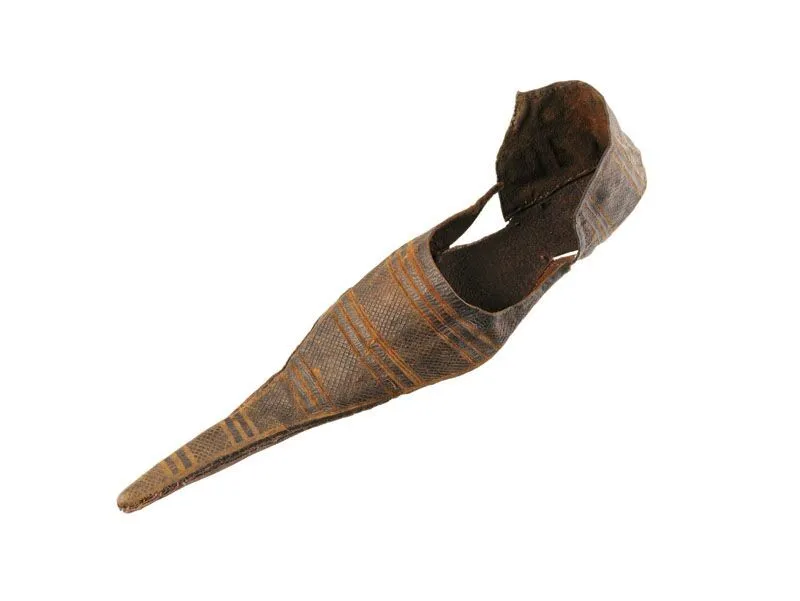
Regardless, he was a bit behind the times, given that the show was set in 1485, right when poulaines went out of fashion. But they’d already done their damage, as evidenced by a 2021 study linking their wearing to nasty foot disorders. “Bunions — or hallux valgus — are bulges that appear on the side of the foot as the big toe leans in towards the other toes and the first metatarsal bone points outwards,” writes the Guardian’s Nicola Davis. A team of University of Cambridge researchers found signs of them being more prevalent in the remains of individuals buried in the fourteenth and fifteenth centuries than those buried from the eleventh through the thirteenth centuries.
Yet bunions were hardly the evil against which the poulaine’s contemporary critics inveighed. After the Great Pestilence of 1348, says the London Museum, “clerics claimed the plague was sent by God to punish Londoners for their sins, especially sexual sins.” The shoes’ lascivious associations continued to draw ire: “In 1362, Pope Urban V passed an edict banning them, but it didn’t really stop anybody from wearing them.” Then came sumptuary laws, according to which “commoners were charged to wear shorter poulaines than barons and knights.” The power of the state may be as nothing against that of the fashion cycle, but had there been a law against the bluntly square-toed shoes in vogue when I was in high school, I can’t say I would’ve objected.
Related content:
Elegant 2,000-Year-Old Roman Shoe Found in a Well
Exquisite 2300-Year-Old Scythian Woman’s Boot Preserved in the Frozen Ground of Siberia
Doc Martens Boots Adorned with Hieronymus Bosch’s “Garden of Earthly Delights”
How to Get Dressed & Fight in 14th Century Armor: A Reenactment
Based in Seoul, Colin Marshall writes and broadcasts on cities, language, and culture. His projects include the Substack newsletter Books on Cities and the book The Stateless City: a Walk through 21st-Century Los Angeles. Follow him on the social network formerly known as Twitter at @colinmarshall.

